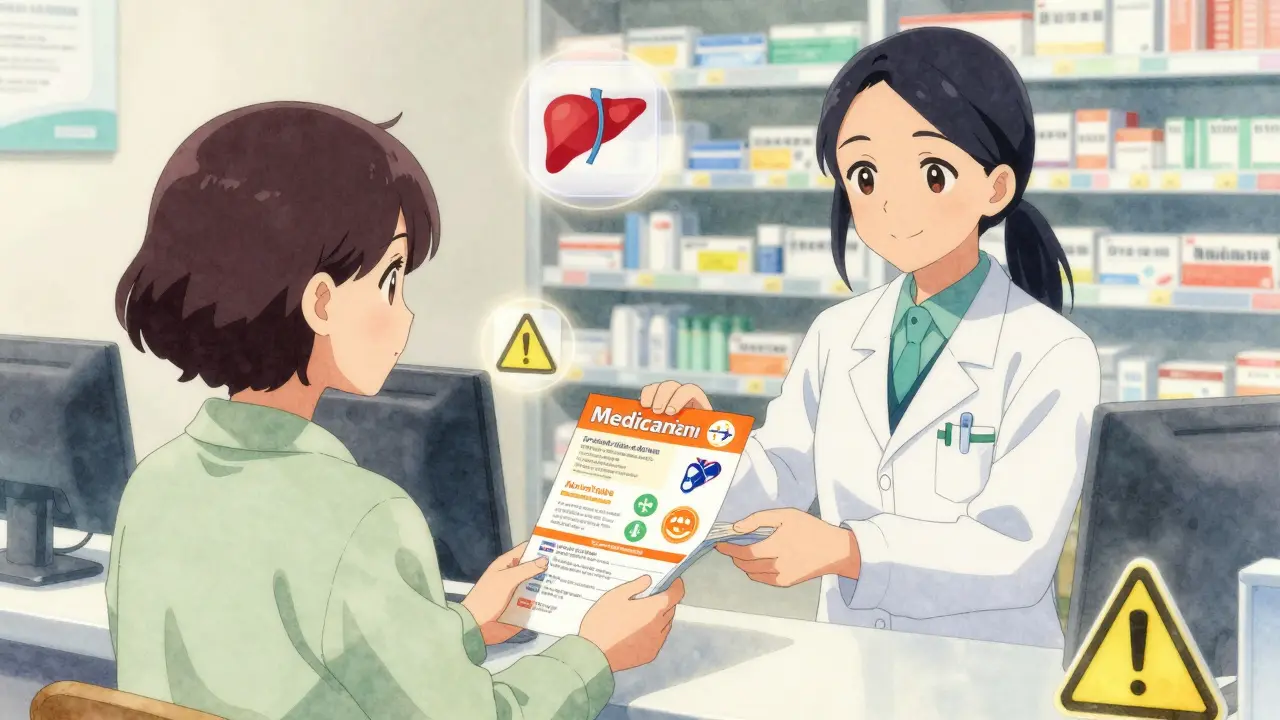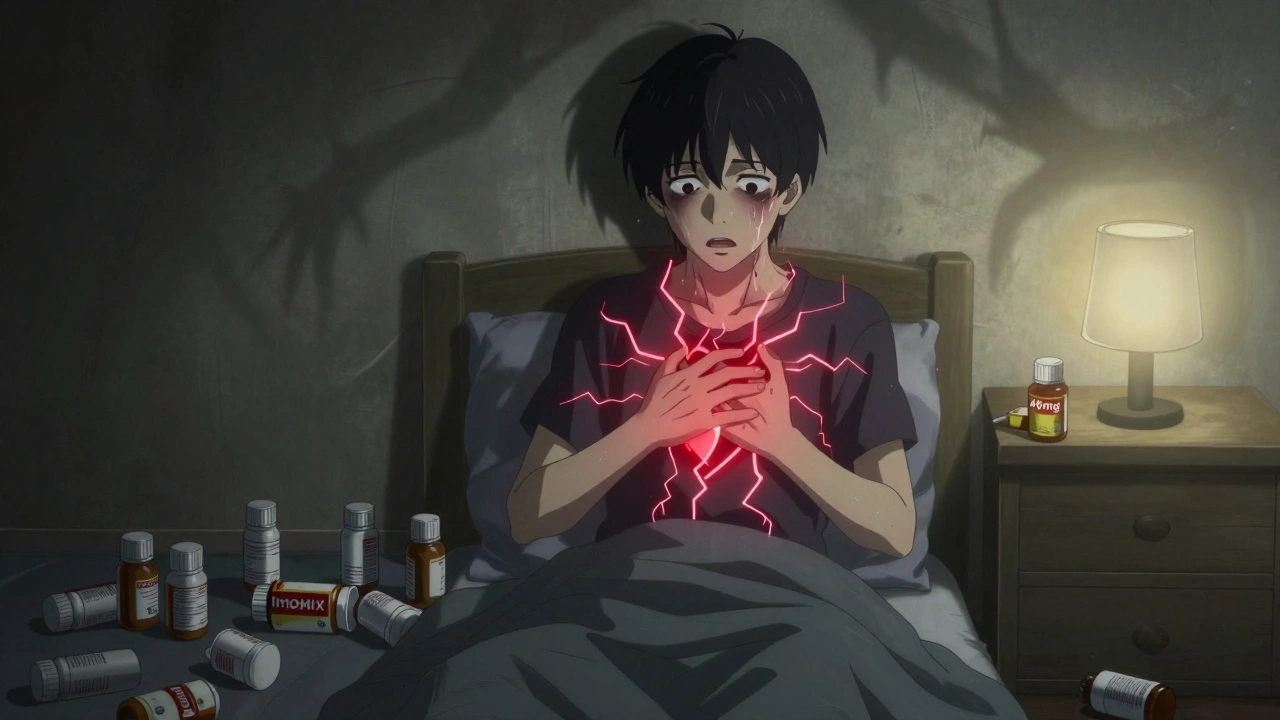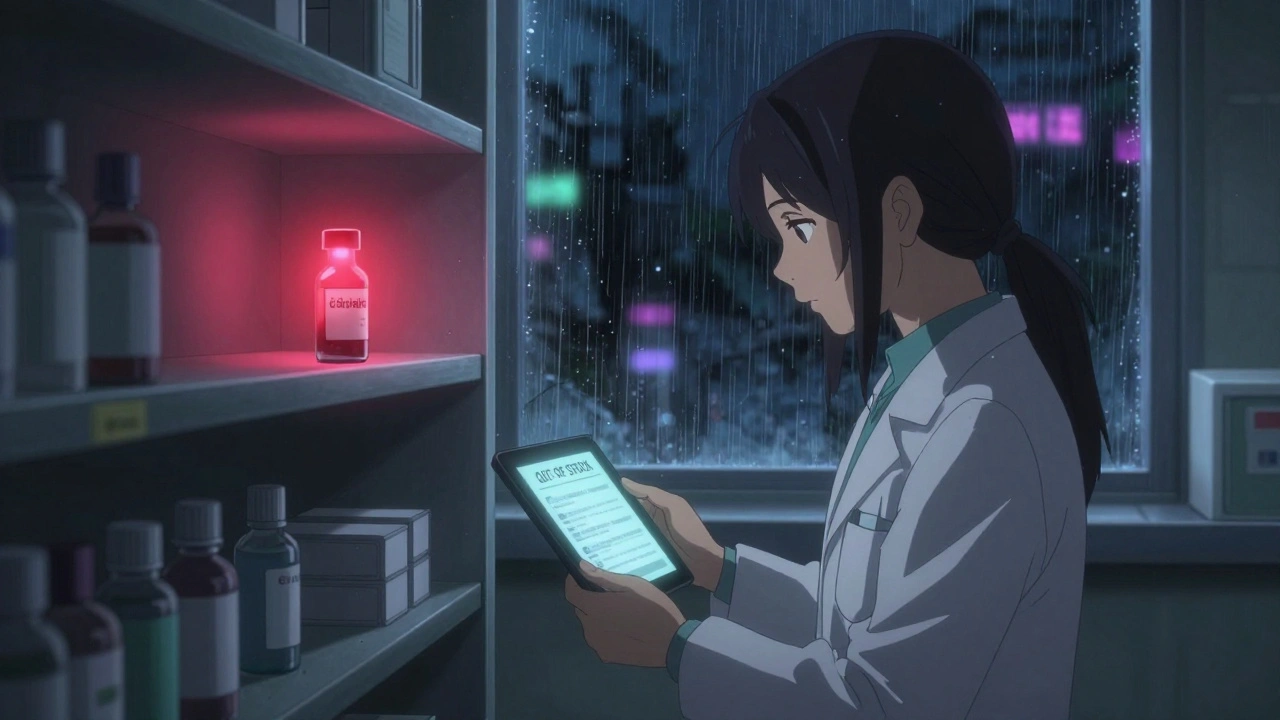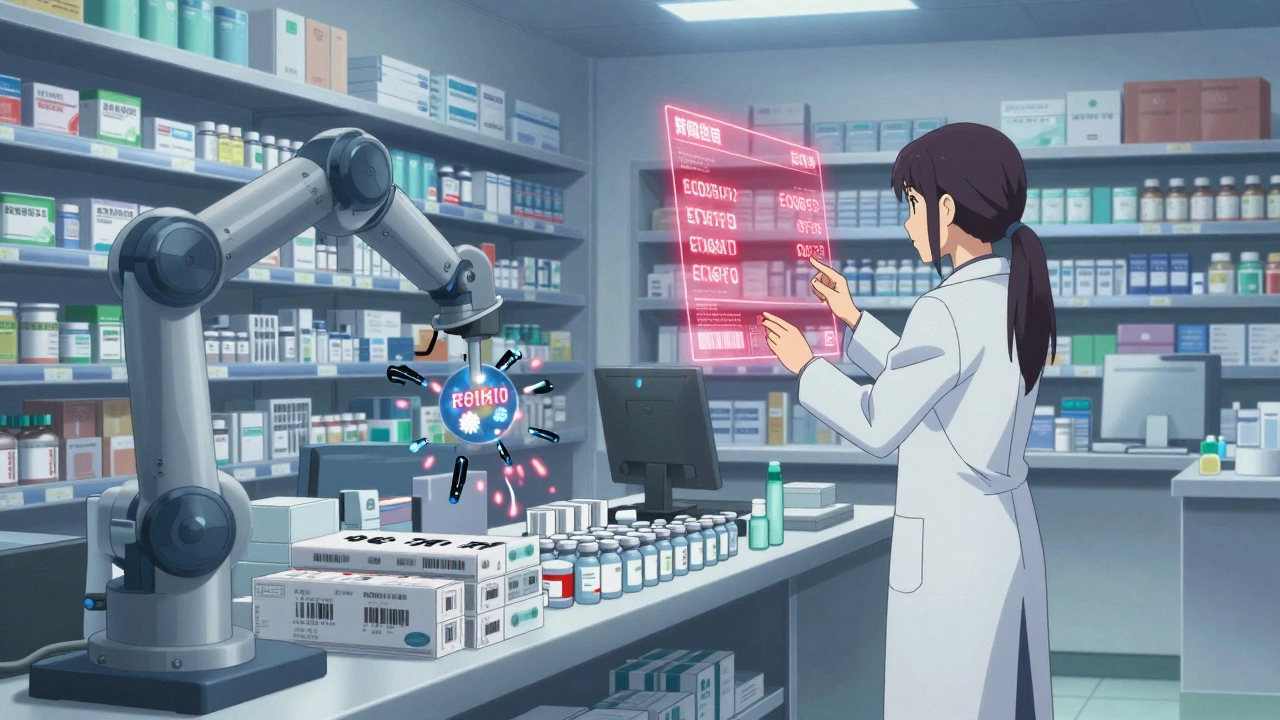
Learn how to get FDA-required Medication Guides for your prescription drugs. Know your rights, where to find them, and what’s changing in 2025 to make drug safety info easier to access.
If you're looking for clear answers about medicines, you’re in the right spot. This page gathers short guides on popular drugs, safe‑use tips, and real alternatives that work for many people. Whether you need help with a prescription for anxiety, blood thinners, or skin conditions, we break down what matters most – how it works, common side effects, and when another option might be smarter.
Sometimes the first drug a doctor suggests isn’t the perfect fit. You might feel tired, get weird stomach issues, or just want something that costs less. Our articles on alternatives – like five new choices to Clopidogrel in 2025 or top Valtrex substitutes for herpes – let you compare benefits side‑by‑side. Seeing a quick table of pros and cons helps you ask the right questions at your next appointment.
Start with three simple steps: 1) Identify what symptom you need to control, 2) Look up the main drug’s common side effects, and 3) Check if an alternative offers a better safety profile or easier dosing. For example, if Strattera isn’t easing ADHD symptoms, our guide shows how it stacks against other non‑stimulant options and what to watch for in kids versus adults.
We also cover lifestyle factors that affect medication success. Taking a supplement like Idebenone may boost overall wellness, but it’s not a cure‑all; you still need the right prescription for chronic conditions. Reading about real patient experiences can give you a realistic view of what to expect during the first weeks.
Bottom line: use this hub as your quick reference before you talk to a pharmacist or doctor. Each post gives a snapshot – title, short description, and key takeaways – so you can decide if you need more research or feel confident sticking with your current plan. Stay informed, stay safe, and remember that the best medication is the one that fits your life without causing new problems.

Learn how to get FDA-required Medication Guides for your prescription drugs. Know your rights, where to find them, and what’s changing in 2025 to make drug safety info easier to access.

The DSCSA track-and-trace system uses unique serial numbers and electronic verification to block counterfeit drugs from entering the U.S. supply chain. By 2024, every prescription package must be traceable from manufacturer to pharmacy.

Dissolution testing is how the FDA ensures generic drugs release their active ingredients at the same rate as brand-name versions. It replaces human trials for many drugs, saving time and cost while maintaining quality.

Calcium supplements can block bisphosphonate absorption by up to 94%. Learn the exact timing rules to make your osteoporosis treatment work, avoid side effects, and prevent fractures.

Loperamide abuse is rising as people misuse OTC antidiarrheals to manage opioid withdrawal. High doses can cause fatal heart rhythms. Learn the warning signs and why this hidden danger is killing people.

As of 2025, over 270 medications are in short supply in the U.S., including critical drugs like cisplatin, IV fluids, and GLP-1 weight-loss agents. Learn which drugs are hardest to find, why shortages keep happening, and what you can do.

NSAIDs and acetaminophen both relieve pain, but they work differently. Learn when to use ibuprofen, naproxen, or Tylenol based on your symptoms, risks, and long-term safety.

India and China dominate the global generic drug market, with India leading in volume and China controlling the supply of active ingredients. Emerging economies like Vietnam and Cambodia are carving out niche roles in this high-stakes industry.

Pharmacy workflow and error prevention systems use automation, barcode scanning, and AI to cut medication errors by up to 90%. Learn how these tools work, which ones are best for your setting, and why simply buying software isn't enough.

The 80-125% rule for generic drugs isn't about ingredient amounts-it's about how your body absorbs the medicine. Learn what it really means and why generics are just as safe and effective as brand names.